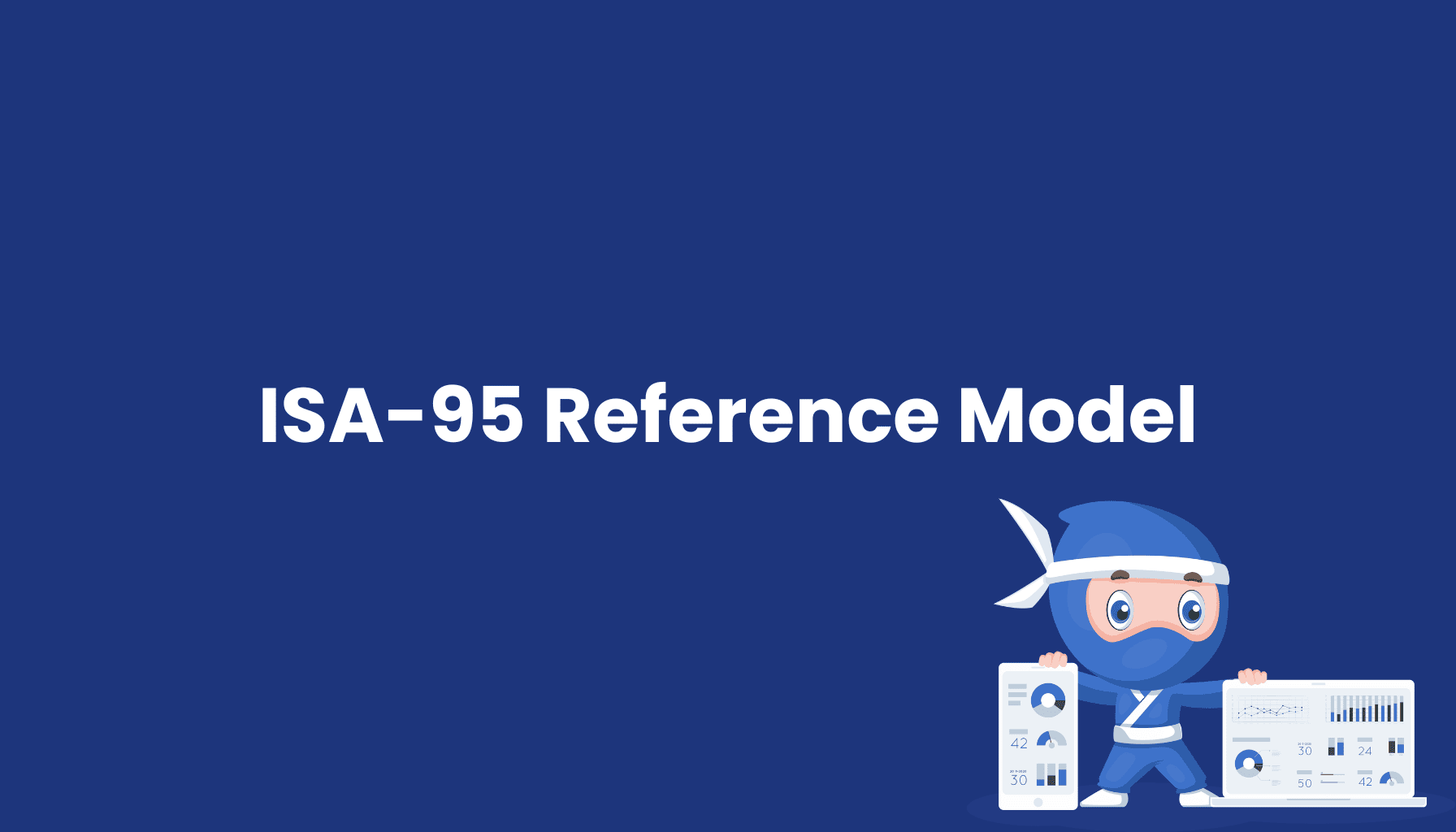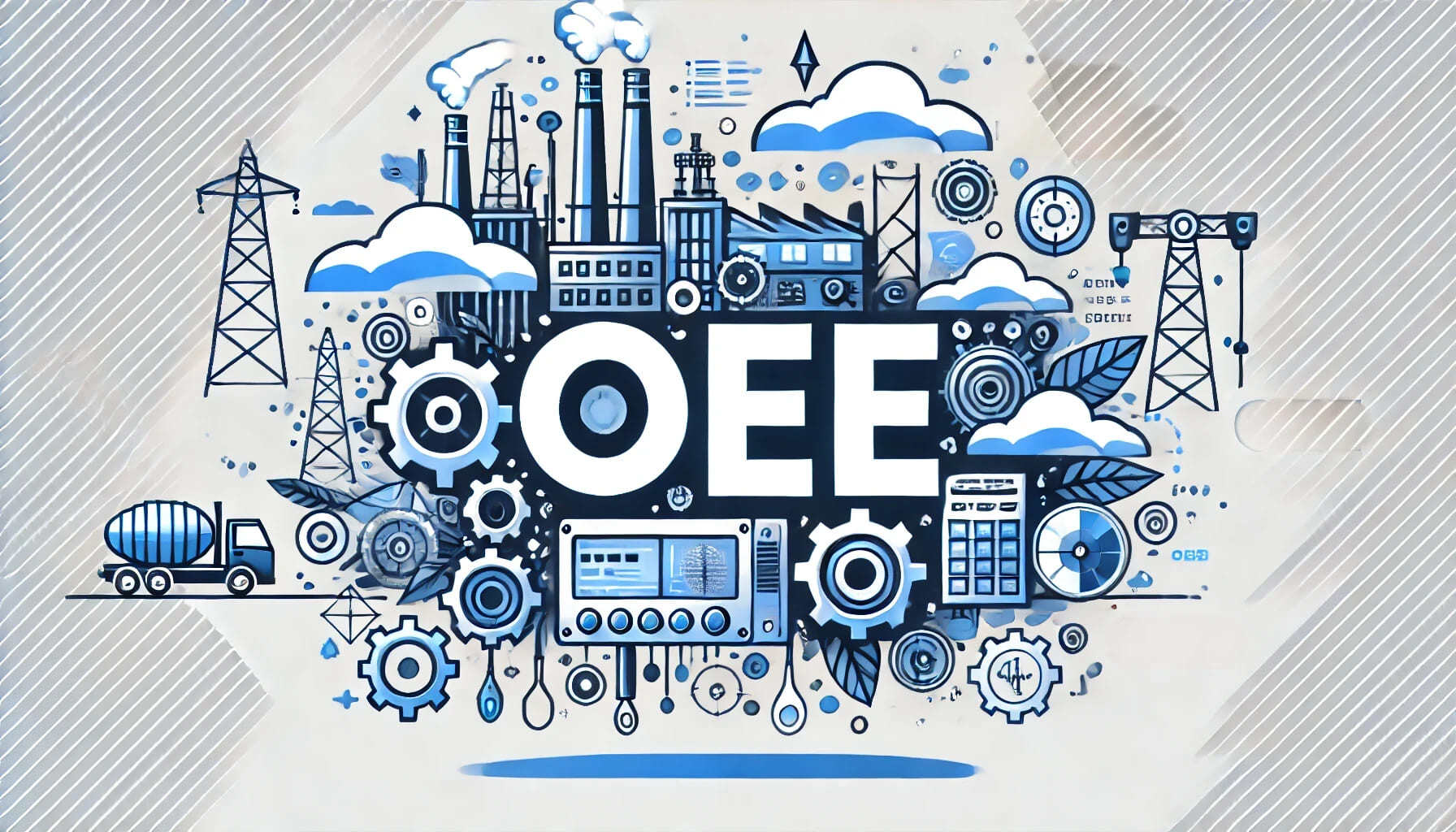ISA-95 Reference Model

What is the ISA-95 Reference Model?
The ISA-95 reference model defines the international standard for the integration of enterprise and manufacturing systems. Its systematic implementation enables structured networking of all production levels and ensures standardized communication interfaces.
Hierarchical Model Structure
The ISA-95 model is based on a defined 5-level hierarchy:
- Level 4 : Enterprise Planning (ERP)
- Level 3 : Manufacturing Management (MES)
- Level 2 : Process Monitoring and Control
- Level 1 : Sensors and Actuators
- Level 0 : Physical Production Process
Functional Hierarchy
Systematic integration of functional definitions includes:
- Business Planning & Logistics
- Manufacturing Operations Management
- Batch Production Control
- Continuous Production Control
- Discrete Production Control
Information Flow Model
Standardized data integration through:
- Defined data exchange models
- Unified object definitions
- Standardized attribute descriptions
- Systematic interface definitions
Process Integration
Methodical implementation of business processes:
- Production Operations Management
- Maintenance Operations Management
- Quality Operations Management
- Inventory Operations Management
Standard Compliance
Systematic adherence to defined standards:
- XML-based communication protocols
- B2MML as the implementation standard
- Standardized data models
- Validated integration methods
Performance Metrics
Integration of quantifiable performance indicators:
- Production performance analysis
- Quality performance indicators
- Resource utilization metrics
- Process efficiency parameters
System Integration
Structured networking of production systems:
- ERP integration according to defined standards
- MES implementation based on the reference model
- SCADA system integration
- PLC connection according to specifications
The ISA-95 reference model provides a comprehensive framework for ensuring seamless communication and integration across all levels of production and enterprise systems, enabling efficient, transparent, and standardized manufacturing processes.





